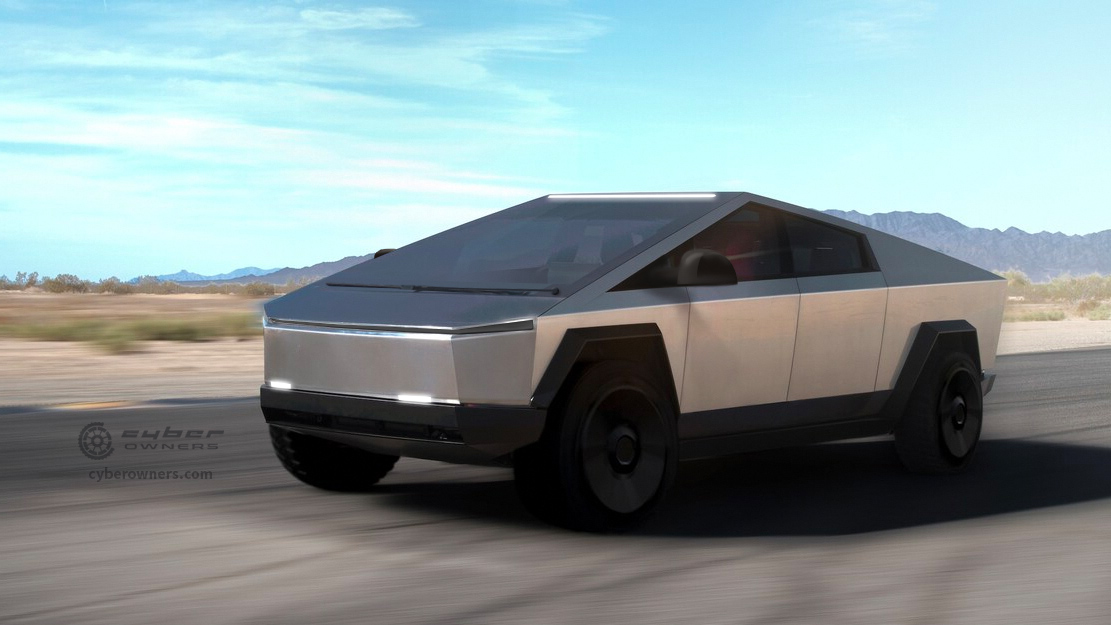
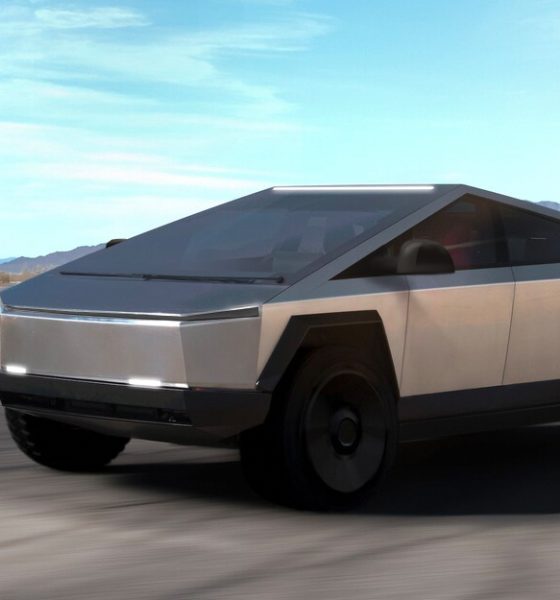
News
Tesla’s Product Roadmap update reveals Cybertruck, $25k Model won’t come in 2022
Tesla’s Earnings Call for Q4 and Full Year 2021 was its most impressive in history from a financial standpoint. After accomplishing its second profitable year of operations with a healthy automotive gross margin and above-consensus reports of production and delivery figures, Tesla activated bullish commentary across the board from many analysts and firms. However, the most anticipated portion of the call for some was Musk’s promise to update Tesla’s “Product Roadmap,” which revealed that “Cybertruck, Semi, Roadster, [and] Optimus” will not come until 2023 at the earliest.
“So, we will not be introducing new vehicle models this year,” Musk said on the call. “It would not make any sense because we’ll still be parts constrained.” Global supply chain issues have plagued much of the automotive industry. Tesla, interestingly, has been the one company that has seemingly defied all odds and avoided increasing wait times for even the most standard of parts. However, the company is not immune to the shortages, and 2022 will not be a year where Tesla introduces any new vehicles, including the Cybertruck, which was recently rumored to be pushed back to 2023.
It seems that reports were correct, and Tesla will not enter any explicit production phases of the Cybertruck, nor any of the other models Musk mentioned this year. The Roadster, Semi, and $25,000 rumored vehicle will not enter production any time during 2022. This does not mean that Tesla will not be developing them, however.
“We will, however, do a lot of engineering and tooling, whatnot to create those vehicles: Cybertruck, Semi, Roadster, Optimus, and be ready to bring those to production hopefully next year. That is most likely,” Musk added. He also indicated that the Tesla Bot, which is inching toward the name “Optimum Sub-Prime,” will be Tesla’s “most important product development” of 2022. “This, I think, has the potential to be more significant than the vehicle business over time.”
Joe Rogan gives the Tesla Cybertruck some praise: “Coolest car I’ve ever seen in my life”
While some (including myself) are frustrated with timeline delays, it is important to remember Tesla cannot control global supply constraints. While the company is super vertically-integrated, it cannot build its entire vehicles itself and has to receive some of its parts from third-party suppliers. This has limited Tesla’s ability to offer certain powertrains and has pushed back delivery dates on some currently offered models.
What about models that have been in Tesla’s pipeline for several years? The Cybertruck had an initial production date of late 2021 for the Tri-Motor powertrain. Now, the Tri-Motor will not even be the premier trim, according to Musk himself, who said a Quad-Motor variant would be the first Cybertruck model produced at Gigafactory Texas.
Tesla’s uber-affordable $25,000 model will also not be coming anytime soon, although he confirmed it. “Well, we’re not currently working on the — on a $25,000 car. We — you know, at some point, we will, but we have enough on our plate right now, too much on our plate, frankly. So, you know, at some point, there will be.”
The Q4 2021 Earnings Call really told us all one thing: the good stuff is coming next year. This year will be a year of surviving the supply chain shortage, which Musk also stated would last through this year. “So — in 2022, supply chain will continue to be the fundamental limiter of output across all factories. So the chip shortage, while better than last year, is still an issue.” After Tesla works through short-term issues with the supply chain bottlenecks, the company’s longer-term projects can move forward, bringing more groundbreaking and innovative electric vehicles to the market.
I’d love to hear from you! If you have any comments, concerns, or questions, please email me at joey@teslarati.com. You can also reach me on Twitter @KlenderJoey, or if you have news tips, you can email us at tips@teslarati.com.
Quotes provided by The Motley Fool.

News
Tesla launches its new branded Supercharger for Business with first active station
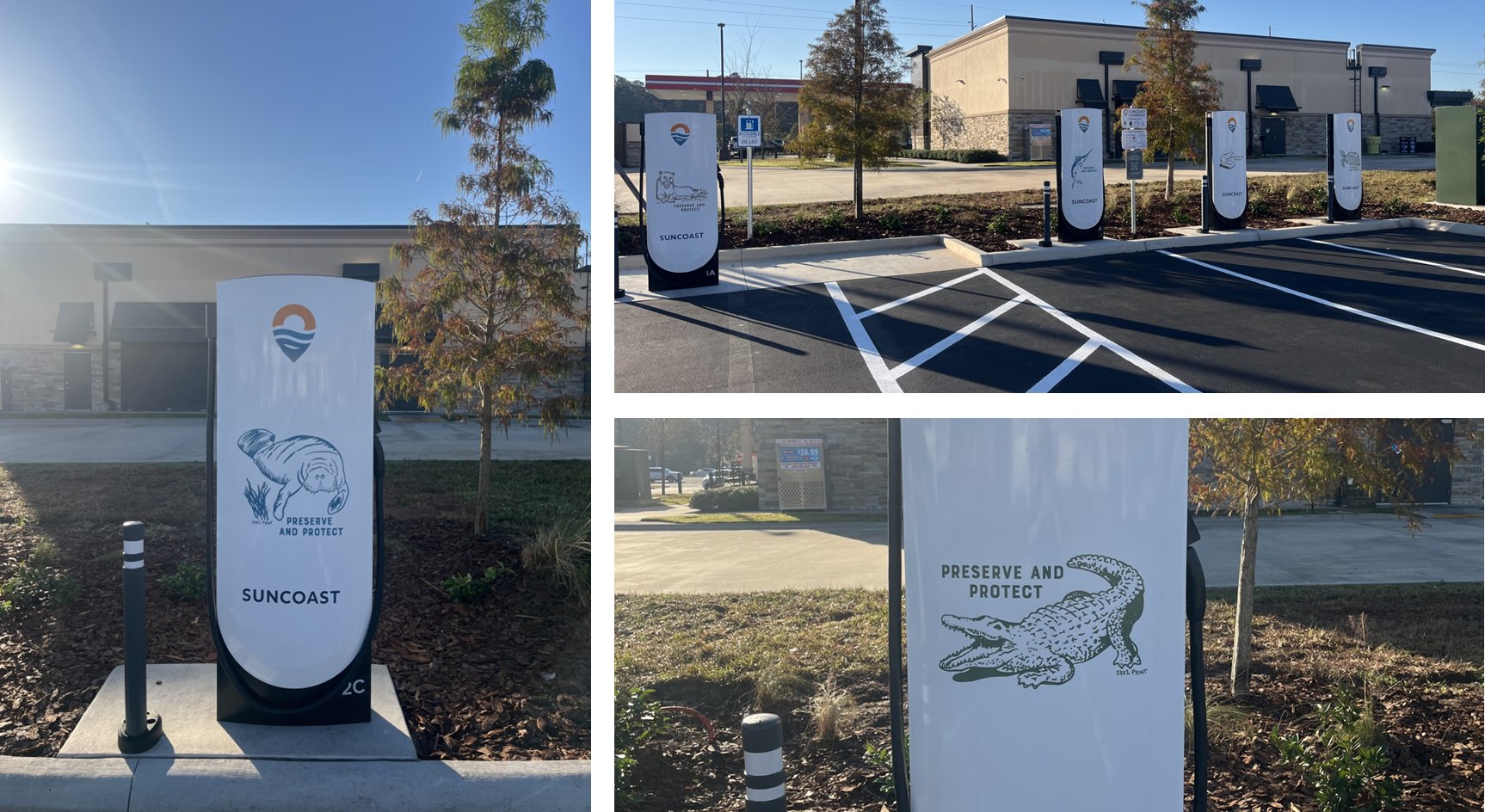
Tesla has officially launched its first branded Supercharger just months after initiating a new program that allows third-party companies to brand their own charging piles.
The site opened in Land O’ Lakes, Florida, and features eight V4 Supercharging stalls offering up to 325 kW of charging speed. It appears it was purchased by a company called Suncoast Credit Union. This particular branch is located Northeast of Tampa, which is on the Gulf of Mexico.
It features graphics of Florida animals, like alligators:
Here’s a video of the graphics being installed on the Tesla Superchargers at this site: https://t.co/oIfEPNZjAH pic.twitter.com/ENWakZ2qT9
— TESLARATI (@Teslarati) November 20, 2025
Tesla launched this program back in September, and it basically was a way to expand its Supercharger presence and also allow companies to pay for the infrastructure. Tesla maintains it. When it announced the “Supercharger for Business,” it said:
“Purchase and install Superchargers at your business. Superchargers are compatible with all electric vehicles, bringing EV drivers to your business by offering convenient, reliable charging.”
The program does a few things. Initially, it expands EV charging infrastructure and makes charging solutions more readily available for drivers. It can also attract people to those businesses specifically.
Tesla launches new Supercharger program that business owners will love
The chargers can also be branded with any logo that the business chooses, which makes them more personalized and also acts as an advertisement.
The best part is that the customers do not have to maintain anything about the Supercharger. Tesla still takes care of it and resolves any issues:
“We treat your site like we treat our sites. By providing you with a full-service package that includes network operations, preventative maintenance, and driver support, we’re able to guarantee 97% uptime–the highest in the industry.”
It appears the Superchargers will also appear within the in-car nav during routing, so they’ll be publicly available to anyone who needs to use them. They are still available to all EVs that have worked with Tesla to utilize its infrastructure, and they are not restricted to people who are only visiting the business.
Cybertruck
Tesla reveals its Cybertruck light bar installation fix
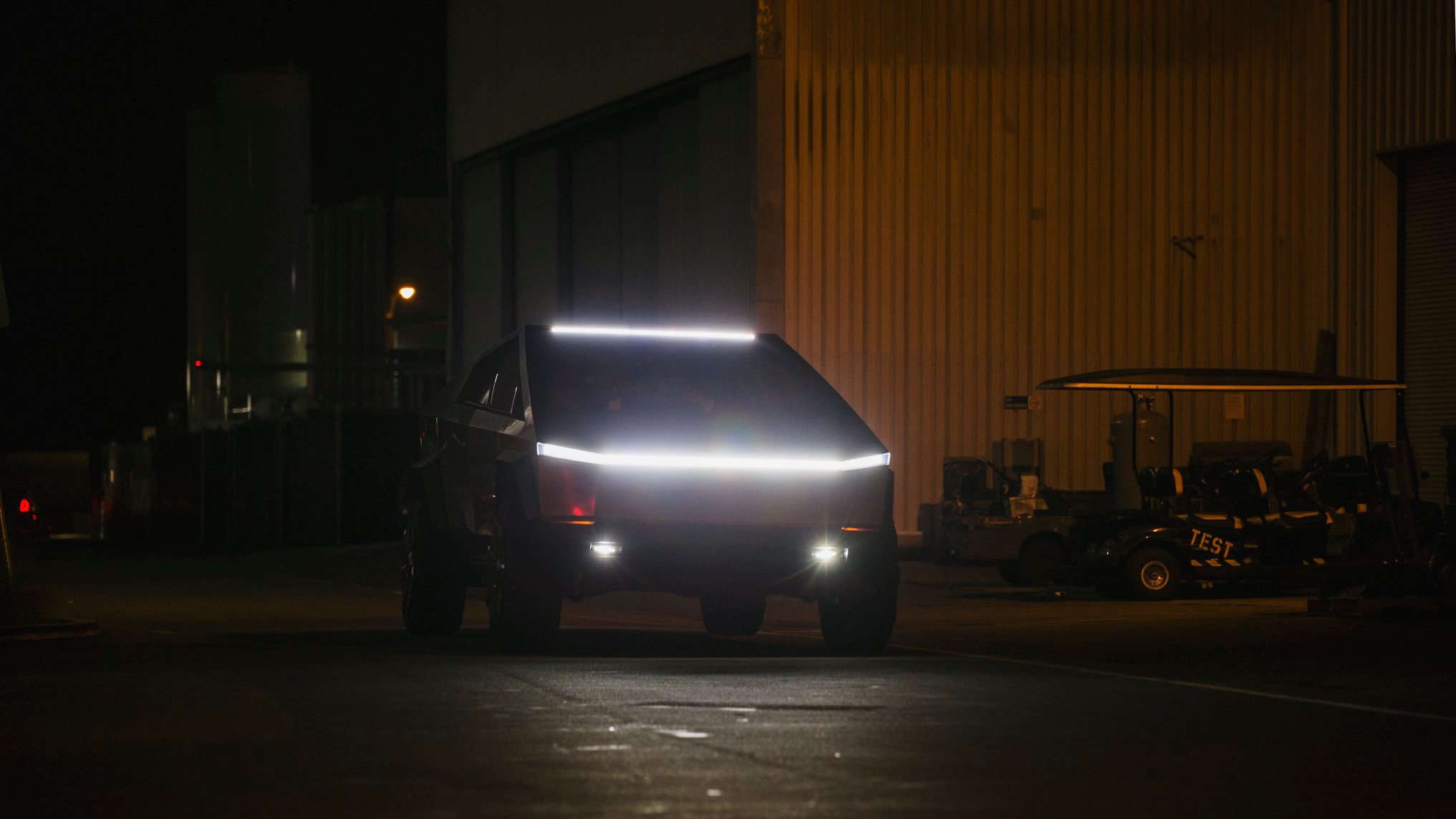
Tesla has revealed its Cybertruck light bar installation fix after a recall exposed a serious issue with the accessory.
Tesla and the National Highway Traffic Safety Administration (NHTSA) initiated a recall of 6,197 Cybertrucks back in October to resolve an issue with the Cybertruck light bar accessory. It was an issue with the adhesive that was provided by a Romanian company called Hella Romania S.R.L.
Tesla recalls 6,197 Cybertrucks for light bar adhesive issue
The issue was with the primer quality, as the recall report from the NHTSA had stated the light bar had “inadvertently attached to the windshield using the incorrect surface primer.”
Instead of trying to adhere the light bar to the Cybertruck with an adhesive, Tesla is now going to attach it with a bracketing system, which will physically mount it to the vehicle instead of relying on adhesive strips or glue.
Tesla outlines this in its new Service Bulletin, labeled SB-25-90-001, (spotted by Not a Tesla App) where it shows the light bar will be remounted more securely:
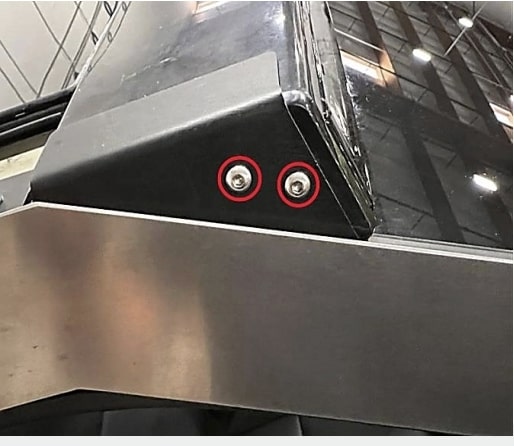
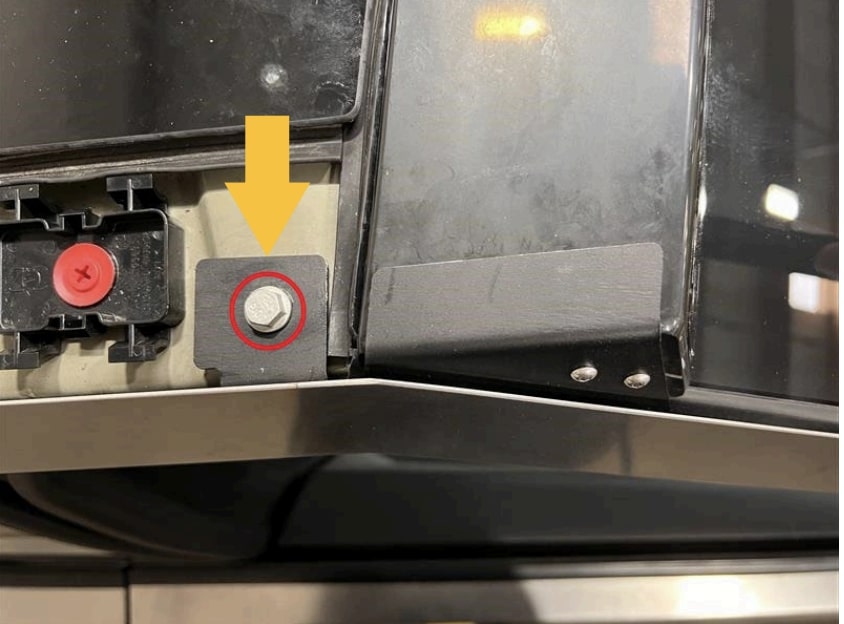
The entire process will take a few hours, but it can be completed by the Mobile Service techs, so if you have a Cybertruck that needs a light bar adjustment, it can be done without taking the vehicle to the Service Center for repair.
However, the repair will only happen if there is no delamination or damage present; then Tesla could “retrofit the service-installed optional off-road light bar accessory with a positive mechanical attachment.”
The company said it would repair the light bar at no charge to customers. The light bar issue was one that did not result in any accidents or injuries, according to the NHTSA’s report.
This was the third recall on Cybertruck this year, as one was highlighted in March for exterior trim panels detaching during operation. Another had to do with front parking lights being too bright, which was fixed with an Over-the-Air update last month.
News
Tesla is already expanding its Rental program aggressively
The program has already launched in a handful of locations, specifically, it has been confined to California for now. However, it does not seem like Tesla has any interest in keeping it restricted to the Golden State.
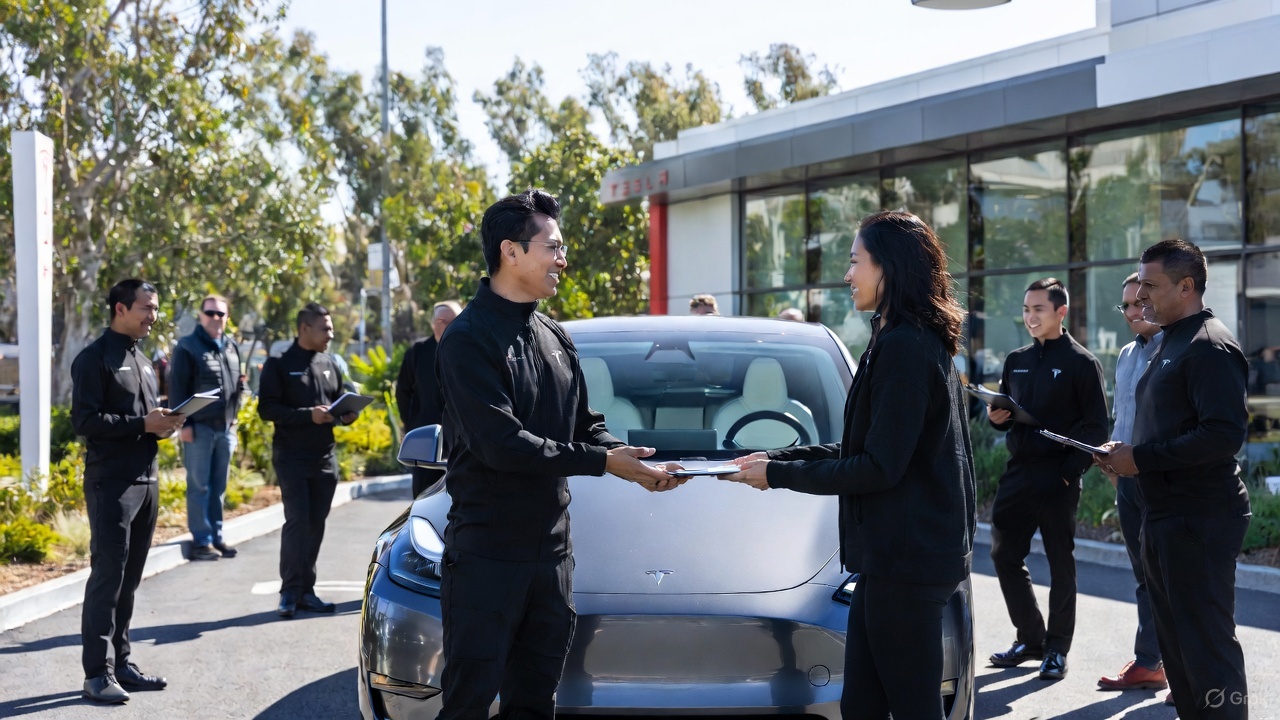
Tesla is looking to expand its Rental Program aggressively, just weeks after the program was first spotted on its Careers website.
Earlier this month, we reported on Tesla’s intention to launch a crazy new Rental program with cheap daily rates, which would give people in various locations the opportunity to borrow a vehicle in the company’s lineup with some outrageous perks.
Along with the cheap rates that start at about $60 per day, Tesla also provides free Full Self-Driving operation and free Supercharging for the duration of the rental. There are also no limits on mileage or charging, but the terms do not allow the renter to leave the state from which they are renting.
🚨🚨 If you look up details on the Tesla Rental program on Google, you’ll see a bunch of sites saying it’s because of decreasing demand 🤣 pic.twitter.com/WlSQrDJhMg
— TESLARATI (@Teslarati) November 10, 2025
The program has already launched in a handful of locations, specifically, it has been confined to California for now. However, it does not seem like Tesla has any interest in keeping it restricted to the Golden State.
Job postings from Tesla now show it is planning to launch the Rental program in at least three new states: Texas, Tennessee, and Massachusetts.
The jobs specifically are listed as a Rental Readiness Specialist, which lists the following job description:
“The Tesla Rental Program is looking for a Rental Readiness Specialist to work on one of the most progressive vehicle brands in the world. The Rental Readiness Specialist is a key contributor to the Tesla experience by coordinating the receipt of incoming new and used vehicle inventory. This position is responsible for fleet/lot management, movement of vehicles, vehicle readiness, rental invoicing, and customer hand-off. Candidates must have a high level of accountability, and personal satisfaction in doing a great job.”
It also says that those who take the position will have to charge and clean the cars, work with clients on scheduling pickups and drop-offs, and prepare the paperwork necessary to initiate the rental.
The establishment of a Rental program is big for Tesla because it not only gives people the opportunity to experience the vehicles, but it is also a new way to rent a car.
Just as the Tesla purchasing process is more streamlined and more efficient than the traditional car-buying experience, it seems this could be less painful and a new way to borrow a car for a trip instead of using your own.








